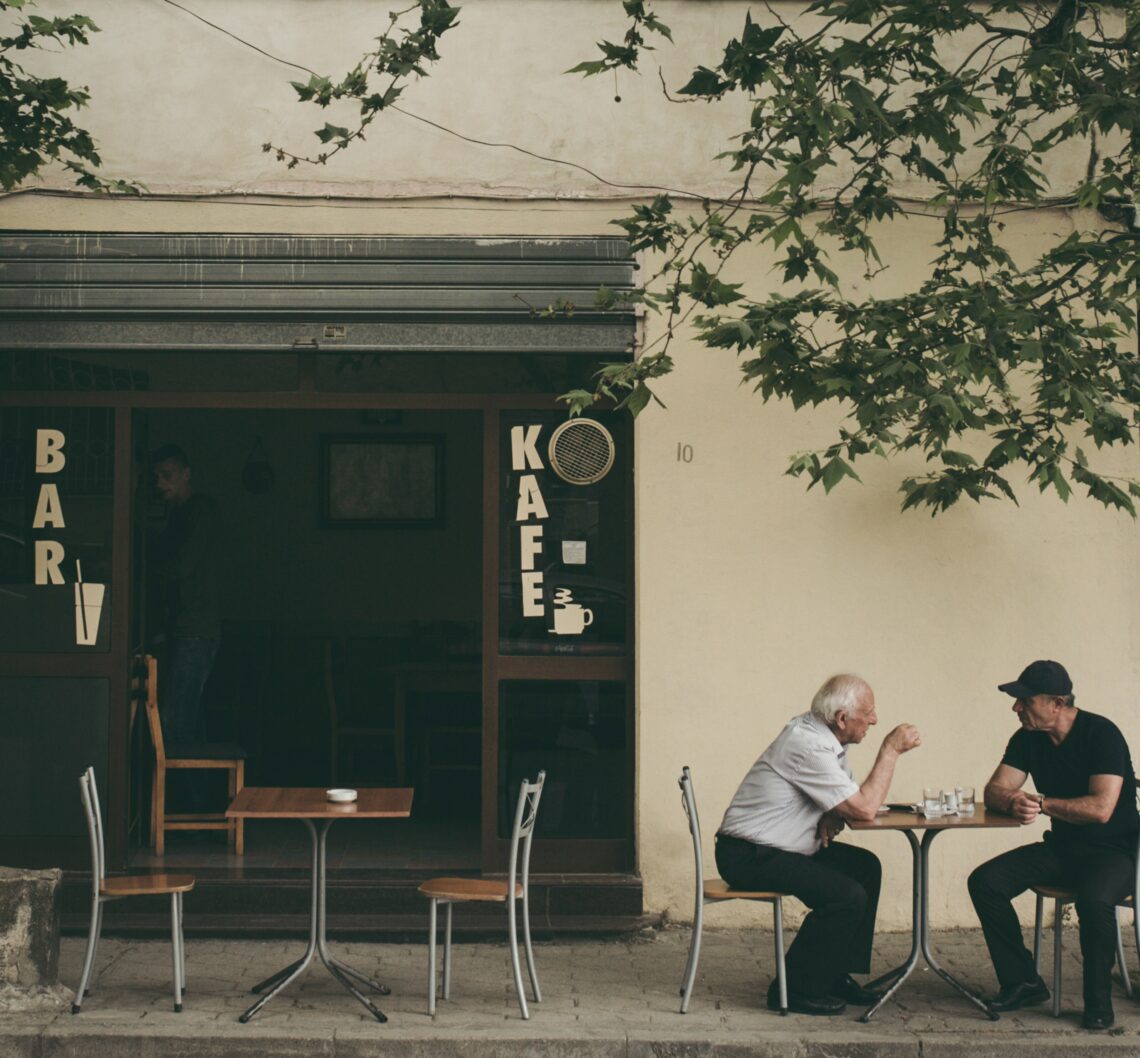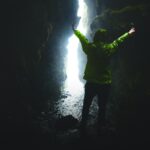I feel as though I have started to become more confident in my inquiry and this will be the first week which focuses on a specific type of shot and the editing which could be used within those types of scenes. This week, as it stated in my previous Free Inquiry Entry, I will be focusing on several of the ways in which dialogue scenes can be shot and edited, and why they may be done in those ways. Some of the examples given throughout this post are ones, that in my example, use the method effectively, but some may be ineffective uses of the methods.
Examples
Shot/Reverse-Shot or Shot/Countershot.
- Overview:
- Shot/reverse-shot is a type of film editing which can, and is used in more contexts than just conversations in film. In nearly every movie someone watches there will be a sequence that is edited as shot/reverse-shot. The two examples I have given, The Taste of Cherry and Spider-Man, both use this style quite effectively but in different ways. The definition of shot/reverse-shot is when a filmmaker sets up a camera and then a second setup shows the reverse view of the first setup. In some cases, shot/reverse-shot is purely used by film makers because of limited space, as in Abbas Kiarostami’s, The Taste of Cherry, where the scene is taking place in an environment with limited space where the camera rigs would not fit if all actors and crew were present. This is especially true for films made prior to the invention of compact, high resolution cameras. Shot/Reverse-Shot can also be used in the way Sam Raimi uses it within the first Spider-Man movie. In this scene Willem Dafoe’s mind has been invaded by the Green Goblin and there are two consciousnesses living within his mind. Sam Raimi uses the Shot/Reverse-Shot method through a mirror for this conversation because Willem is talking to himself, but also to convey a feeling of anxiety and confusion within the audience so they can empathize with the feelings of Willem in this scene. These are two examples of the method being used effectively but most of the time it is a quite clunky and ineffectively used method by many filmmakers and can hurt the films emersion but is used because of the familiarity most filmmakers have with the technique.
2. The Taste of Cherry by Abbas Kiarostami (1997):
3. Spider-Man by Sam Raimi (2002):
4. Resources:
- What is the shot-reverse shot in film? | Adobe
- Shot/Reverse Shot Explained: How to Film Shot/Reverse Shots – 2022 – MasterClass
- Every Frame a Painting: Joel & Ethan Coen – Shot | Reverse Shot – YouTube
Over the Shoulder.
- Overview:
- An over the shoulder shot is another extremely common way viewers will see conversations shot in films. The two examples I have chosen are both amazing examples of this method, with Heat being regarded as one of the best conversation scenes ever shot. The over the shoulder shot is similar to the shot/reverse-shot, but instead of putting the audience in the perspective of the characters during a discussion it keeps them as viewers to a conversation. This is also similar to shot/reverse-shot in that it is a foundational shot for filmmakers and thus is very common to see in films. The over the shoulder shot is used for several reasons, including: to orient the audience to the position of the characters, indicate a level of connection between the characters to the audience, and to allow the audience to see the immediate reaction of the other character. In the resources supplied below there is even more information on how an over the shoulder shot should be framed and other aspects of the shot. I have also included a video which directly discusses the use of over the shoulder shots and what makes them effective.
2. No Country for Old Men by The Coen Brothers (2007):
3. Heat by Michael Mann (1995):
4. Resources:
- Over the Shoulder Shot: Everything You Need to Know – NFI
- Over-the-Shoulder Shot: How to Film an Over-the-Shoulder Shot – 2022 – MasterClass
- Video: The Over The Shoulder Shot in Film (and How to Shoot a Dialogue Scene) #overtheshoulder – YouTube
Static Shot.
- Overview:
- A static shot is another common way in which conversation scenes are shot. The examples given for this section include Hunger by Steve McQueen, which includes a 17 minute long static shot, and the conversation between Keir Dullea and Gary Lockwood from Stanley Kubrick’s 2001: A Space Odyssey. These are both exceptional examples of the static shot but the shot in Hunger is captivating to watch. The static shot is again an extremely common shot and one which filmmakers are expected to learn early in their careers and thus it is a type of shot which audiences will see often. They are also common shots because they require less sophisticated setups to achieve than other types of shots and thus they are also common in low budget films. This type of shot is also thought to be a more objective view for the audience of the situation in the frame, as the filmmaker has little influence over the emotion of a scene when it is stationary. It is intended to give the audience more autonomy over how they feel about a given moment within the film. There is one article and one video supplied which should give you more information on the topic of static shots if you are interested in learning more.
2. Hunger by Steve McQueen (2008):
3. 2001: A Space Odyssey by Stanley Kubrick (1969):
4. Resources:
- What is a Static Shot? Definition and Examples in Film (studiobinder.com)
- Video: Yi Yi – The Art of a Static Frame – YouTube
Split Screen.
- Overview:
- Split screen is a extremely old and common way directors will show conversations or two characters going about their day simultaneously, but rarely is it done in a non-satirical or “campy” way in modern film. These types of shots are usually scenes in over the top action movies, romcoms, or some alternative films, such as Scott Pilgrim. The two examples I have chosen, Mean Girls and Snatch, are both split screen phone conversations which are being used to put all the characters talking into the frame at the same time. This technique is primarily used to be able to show the reactions of the other participant in the conversation and to give the audience a more wide reaching understanding of the characters. I have included an article and a video on the subject of split screens in film in more contexts than just conversations if you are interested in learning more.
2. Mean Girls by Mark Waters (2004):
3. Snatch by Guy Ritchie (2000):
4. Resources:





